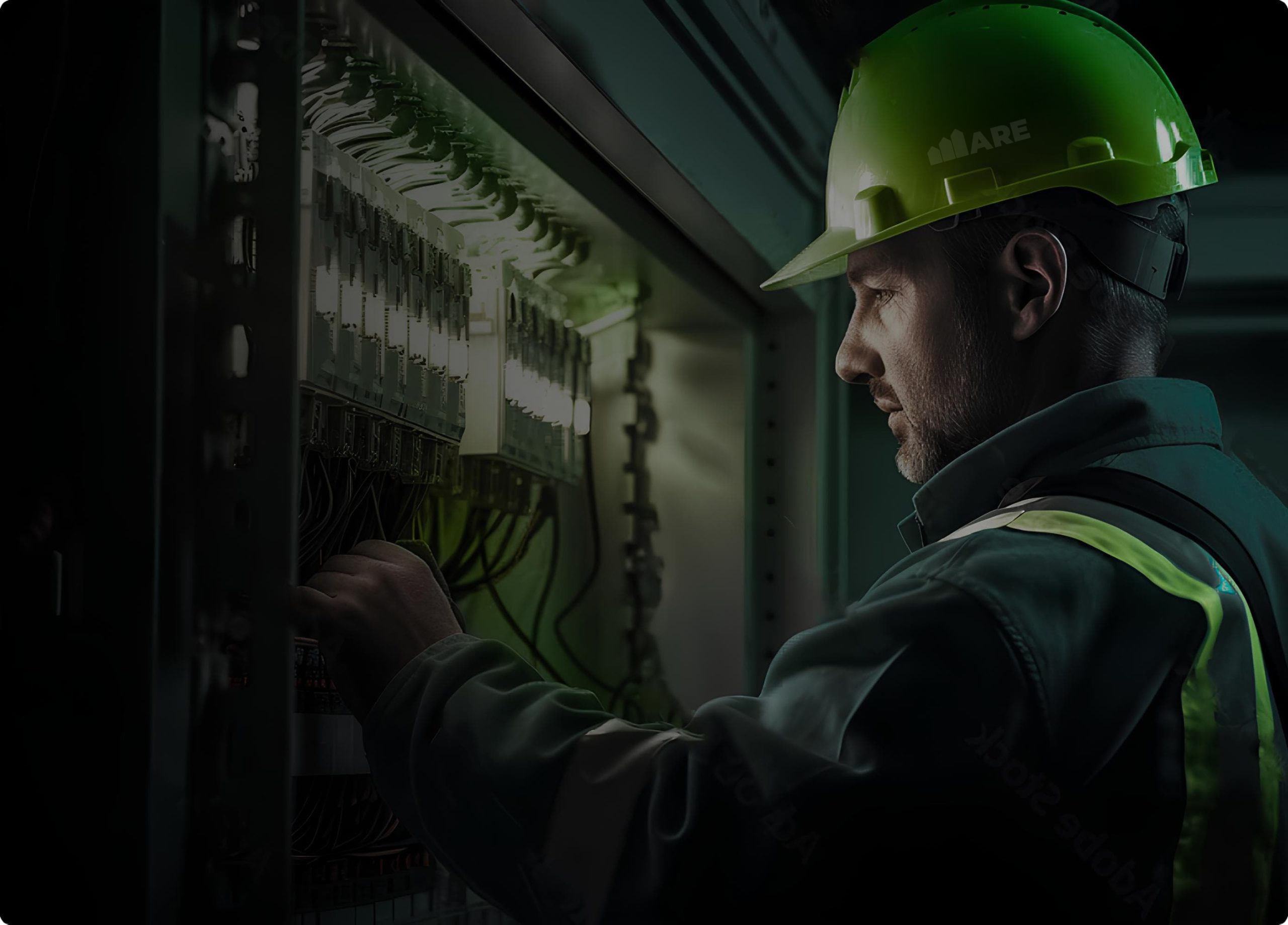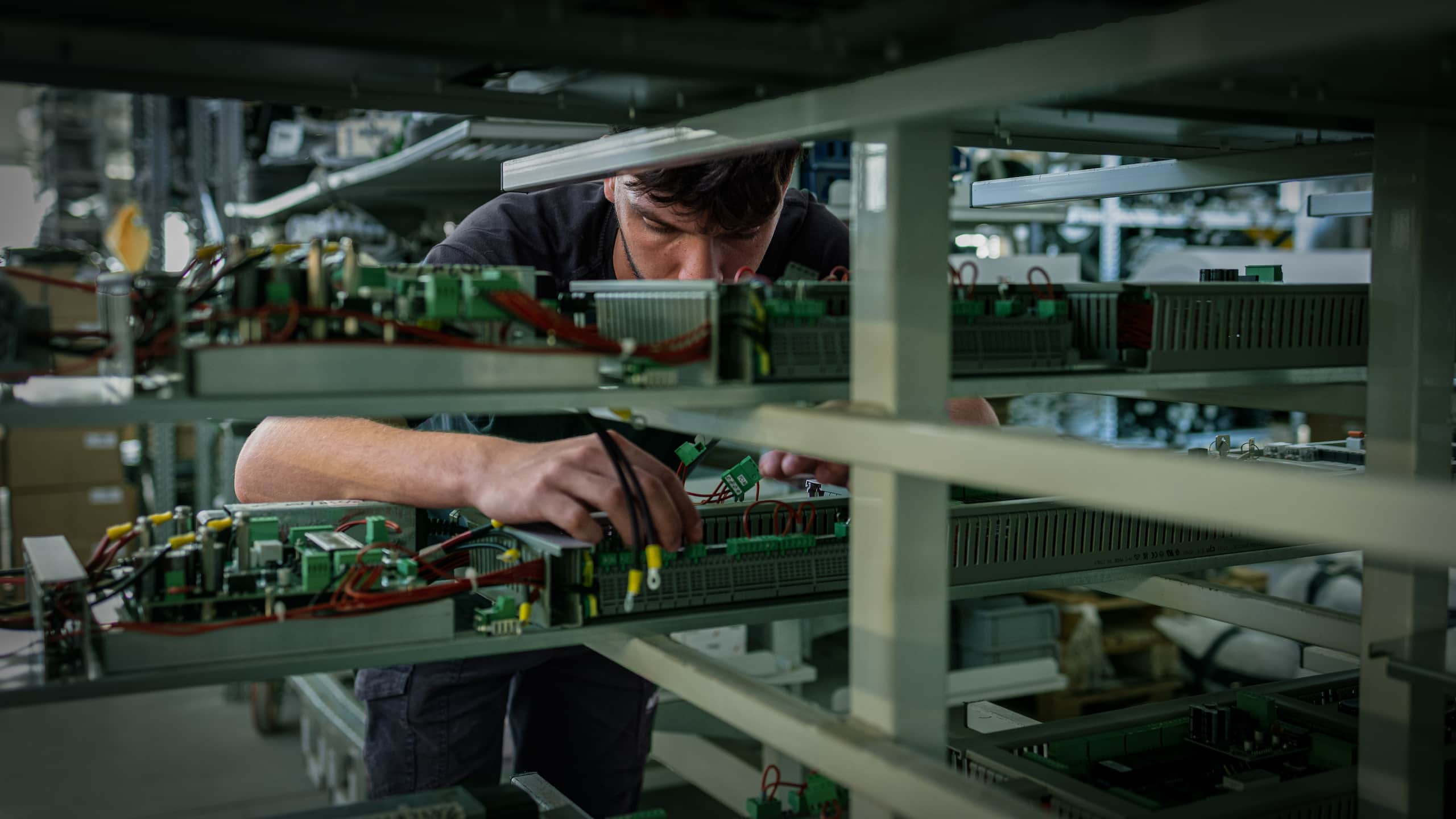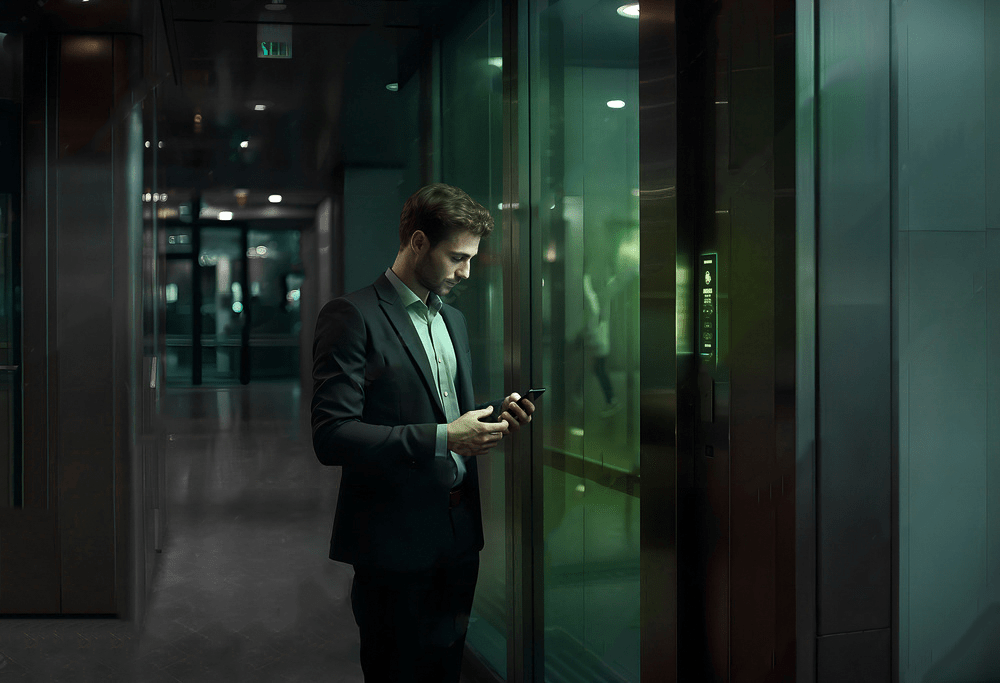The ideal lift company for dealers and installers
Discover all the manuals, technical data sheets and assistance for our products

ARE is the reference point in Italy for lift dealers and installers
We have 70 years’ experience in designing and manufacturing vertical mobility solutions. We are the first battery-powered electric lift company in Italy: On our site you can find all the technical information and downloadable material you need.
Technical data sheets and manuals
All our lifts and home lifts are supplied with an explanatory brochure, technical data sheet, installation manual and measurement plan. Our lift company guarantees complete solutions.
Installation, assistance and training
To help you install our solutions, we provide extensive technical specifications and documentation, assistance during installation and ongoing training.
Pioneers in battery-powered electric lifts
We are not just lift manufacturers, we are the pioneers in Italy of electric lifts with high energy efficiency, low environmental impact and customisable finishes that can installed in any kind of environment without sacrificing functionality or safety.

Zen-0
Versatile: customised measurements and materials
Silence: quiet, fluid user experience

Miniwatt
Adaptable: access anywhere, small pit
Minimal: minimal aesthetic impact on surroundings

Mangusta
Versatile: personalizzabile, fossa ridotta
Elegante: incontro tra stile e design
Installing a home lift has never been so easy

Quote request form
Assistance and support during installation
When structural, space or regulatory constraints impose limits, it is extremely important to have a highly customisable solution, while maintaining the quality and reliability of an industrially manufactured product. All ARE lifts, without exception, are manufactured according to customer requirements and are therefore genuine “tailor-made” products. To help you in this mission, we will provide you with extensive technical specifications and documentation and effective assistance during installation. We will keep you constantly updated on our innovations after the installation too.

Frequently asked questions
What are the benefits of your electronic load weighing system?
Normally, the electronics for reading the load sensor are positioned on the cabin roof, so that is where the calibration procedure has to be conducted. This means the technician has to take care not to include their own weight in the measurements. It also means that for any information about the weight in the cabin you always have to climb onto the roof. In our system, on the other hand, the load sensor reading electronics are still positioned on the cabin roof, but they are connected to the control panel. So, all operations (calibrations, cabin weight readings, fault diagnoses etc.) are carried out from our Smart-Chopper board, i.e. the control panel.
How long do the batteries last? How much do they cost?
The main power supply for our ARE systems is based on the use of lead-acid batteries, which are widely used in the automotive world. They guarantee a long service life, low costs and excellent performance. Like all batteries, they have a lifecycle, which is long and can be replaced for a limited cost.
What are the benefits of your electronic load weighing system?
Normally, the electronics for reading the load sensor are positioned on the cabin roof, so that is where the calibration procedure has to be conducted. This means the technician has to take care not to include their own weight in the measurements. It also means that for any information about the weight in the cabin you always have to climb onto the roof. In our system, on the other hand, the load sensor reading electronics are still positioned on the cabin roof, but they are connected to the control panel. So, all operations (calibrations, cabin weight readings, fault diagnoses etc.) are carried out from our Smart-Chopper board, i.e. the control panel.
How many insertions per hour can your lifts make?
Our home lifts can guarantee up to 45 insertions per hour
Why have you chosen non-traditional guides for your lifts?
Guides made of folded sheet metal offer considerable advantages:
- Lightweight and with a maximum length of 2400 mm, they can be moved easily both during transport (they are packed in the mechanism box) and above all during assembly. They can be located inside any lift well without difficulty, even existing ones with parapets on the door side.
- Unlike traditional electrical systems, which have arch and counterweight guides, using our guides on these systems allow both the cabin arch and the counterweight to move, which reduces assembly times.
- Both the arch and the counterweight move along these guides on rollers. This means we do not need to use lubricants, like oils, and comfort and silence are guaranteed.
- Superior style. Our guides are considerably more stylish than traditional guides. If a request is made to paint the cableway mechanisms along with all the lift’s metal parts, the guides are powder-painted too, which creates an extremely stylish effect.
What happens if the batteries go flat?
The batteries are monitored by a system that checks their status and stops the lift when the batteries are not sufficiently charged. If this happens during a run, the system ends the run and remains stopped at that floor while it recharges. As soon as the batteries are sufficiently charged, the system starts working normally again. We can assure the customer that this type of situation occurs only very rarely because the batteries are sized according to a number of insertions per hour that the lift is unlikely to ever perform.
Why is there no pit protection pillar for the maintenance technician?
The gearbox is fitted with a speed limiter/safety gear system similar to the A3 amendment devices on lifts. When the system is stopped, the cabin and counterweight cannot move, which ensures that maintenance technicians can enter the pit in total safety when making repairs.
Are spent lead-acid batteries harmful to the environment?
To achieve the highest level of sustainability, we have also researched how to dispose of batteries at the end of their lifecycle. Our approach is to use procedures that ensure the lowest possible environmental impact. Today, thanks to the development of new technologies, spent batteries can be disposed of in specialised and certified centres. This avoids any environmental risk and is, above all, in line with circular economy principles. In fact, the spent batteries are taken to centres specialised in recycling all the materials inside them. This involves subjecting them to a three-step process of:
- Crushing.
- Melting.
- Refining.
At the end of the process, the pure metal is ready to be used again
for any application, including the production of new batteries.This recycling process allows the lead to be recovered with minimal environmental impact.
What are the benefits of a battery-powered lifting system?
A battery-powered lifting system guarantees high levels of energy efficiency, thanks to its low consumption of electrical energy from the national grid and its recovery system that stores energy in the batteries during operation, so it can be used in subsequent runs. From this point of view, battery power offers system users greater safety as it allows the lift to be used even in the event of a blackout.
Lifts fitted with so-called braking resistors generate no benefits in terms of energy savings or cost reductions.
Our lifts, on the other hand, have on-board batteries that provide the energy required for their normal operation and, under the conditions described above, they also accumulate any energy generated. This results in cost savings as the energy produced free of charge is used later to power the lift.
